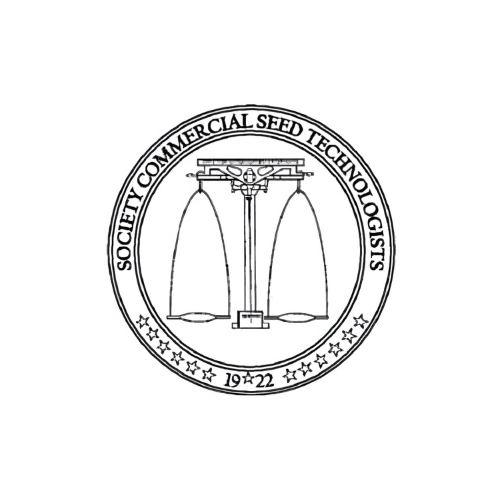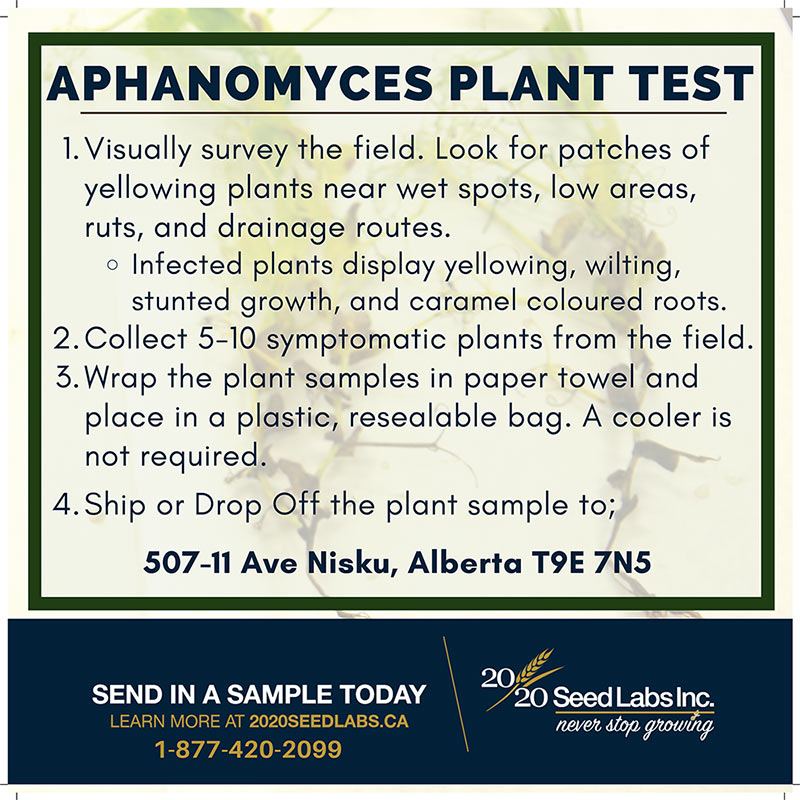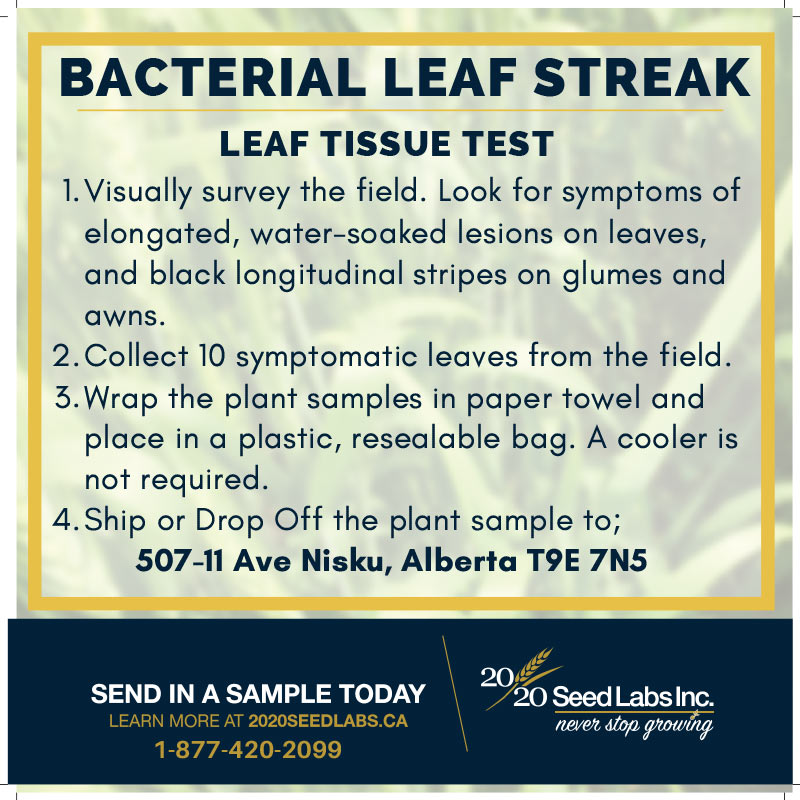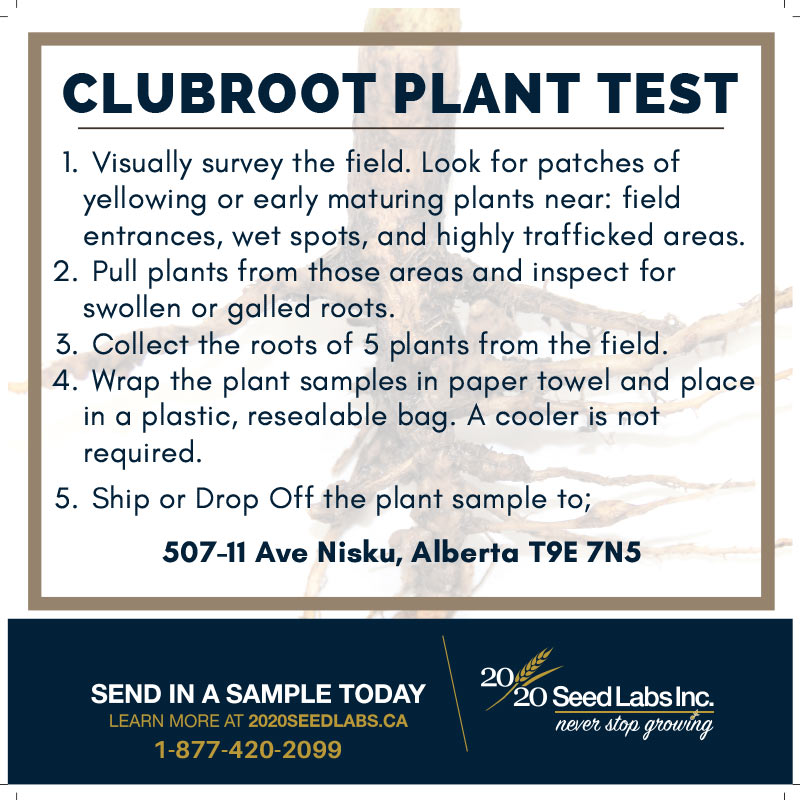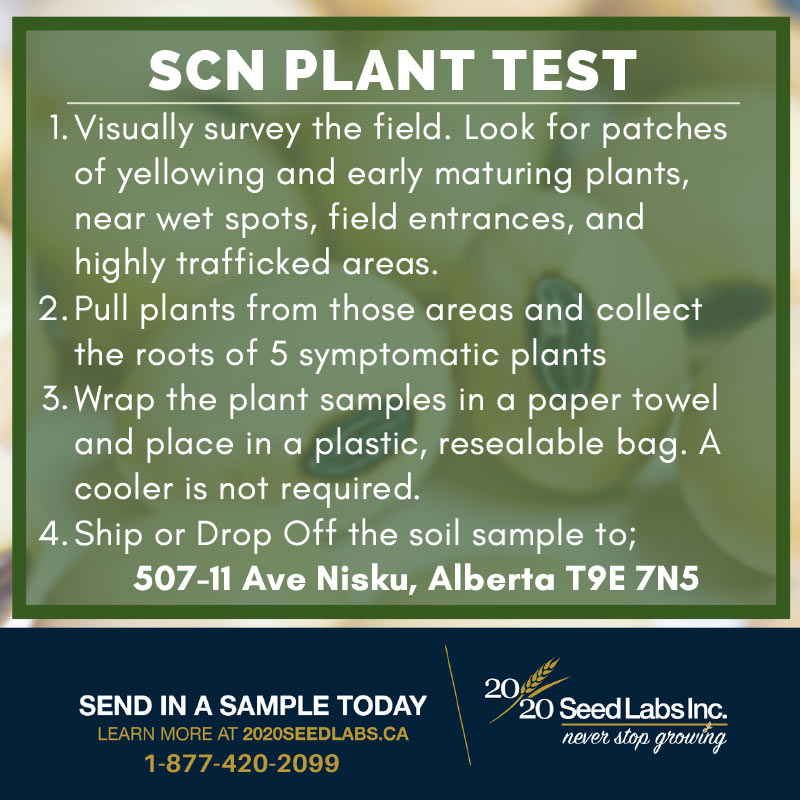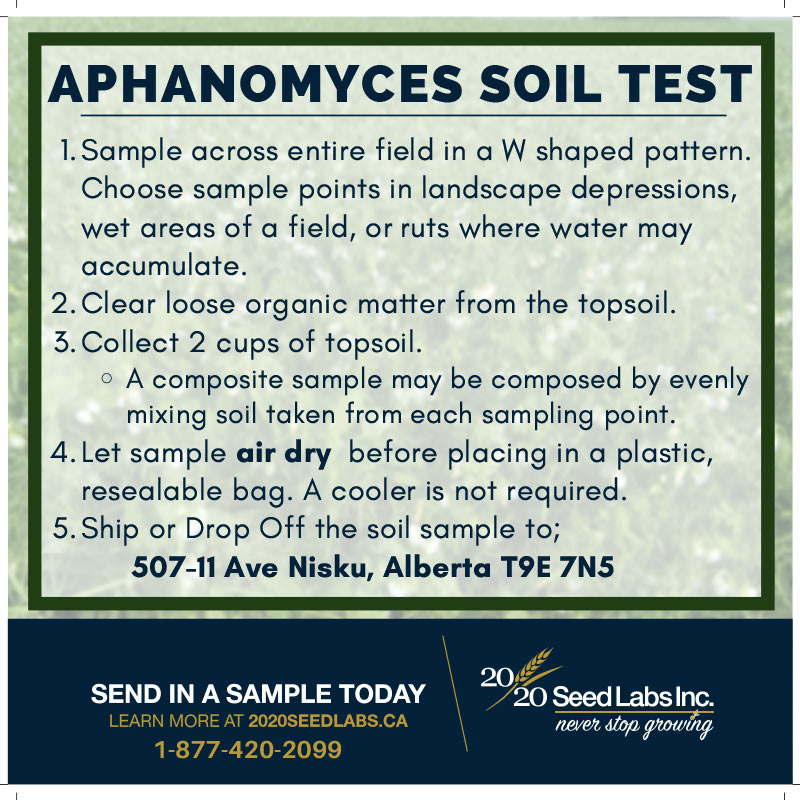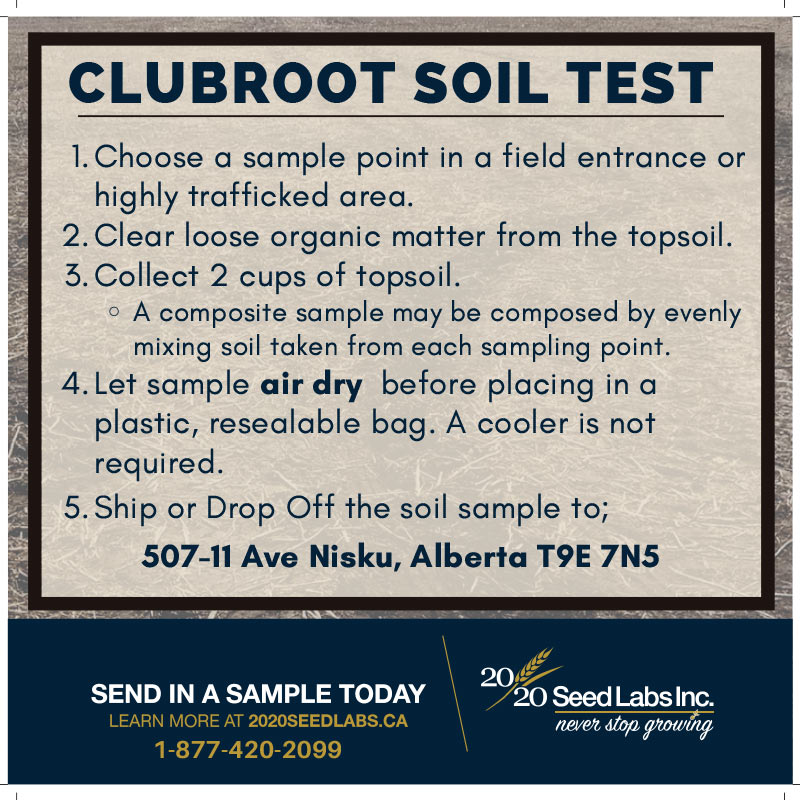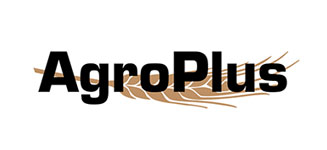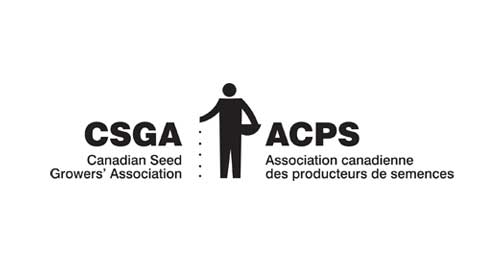Testing that delves into what you can’t see.
By Kim Kenward, Research & Development Manager, and Alex Playdon, Molecular Team Supervisor
Most seed testing is based on what you can see—distinguishing visual characteristics in physical forms. Analysts look for differentiating seed characteristics, germinating versus non-germinating seeds, abnormal seedling structures, mechanical damage, visible disease symptoms, bacterial and fungal cultivation on different growth media, and microscope identification of spore structures. It is an old-school approach but still a powerful and comprehensive analytic tool when done by trained analysts.

DNA extractions in the Molecular Wet Lab
Molecular testing delves into what you cannot see. Unique proteins, protein structures, and DNA or RNA sequences are used to identify traits, species, varieties, and individuals. The techniques used are well established in molecular breeding and identification of crop varieties, as well as academic characterization of invasive or evolving pathogens. This approach has become 20/20 Seed Lab’s go-to methodology for accurate diagnostic analysis when there aren’t consistent visual differences, when time is short, or when more sensitive detection is needed.
“Molecular testing is an area where we see tremendous potential for both the lab and our customers,” said Sarah Foster, Senior Analyst and President of 20/20 Seed Labs, “We can quickly and accurately provide results to support agronomic decisions and yield goals.”
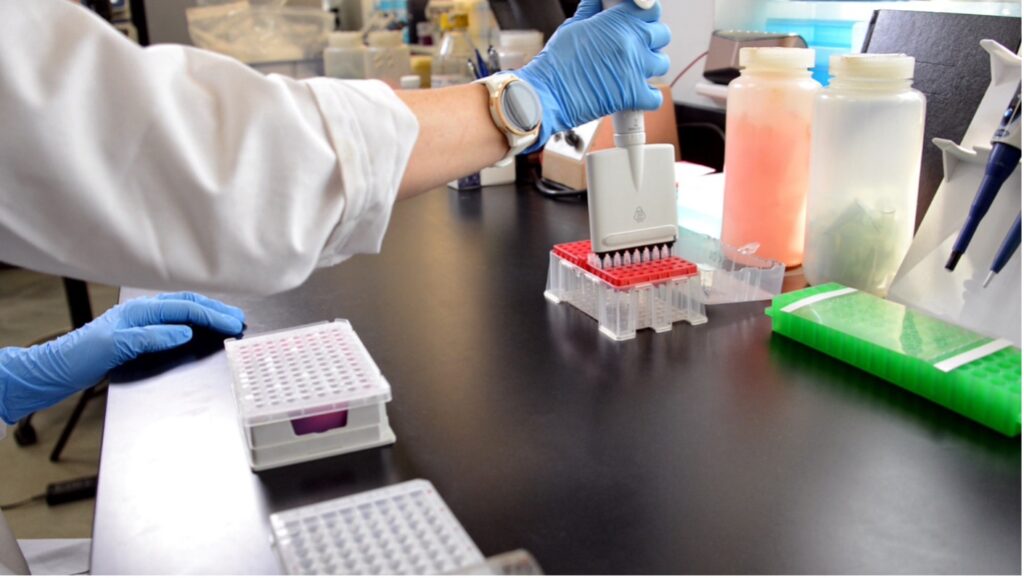
PCR amplification set up
20/20 Seed Labs pioneered molecular diagnostics in Canada’s commercial seed testing industry over twenty years ago. It has been quite a journey as we have transitioned from protein to DNA-based detection, presence/absence to quantitative reporting, individual to bulk seed analysis, and species detection to pathotype differentiation.
Our award-winning molecular team has successfully built an extensive portfolio of services supporting disease management, breeding, varietal registration, quality, and export requirements. We test seed, soil, tissue, and processed food matrices for the detection of bacteria, fungi, viruses, nematodes, GM content, crop variety, weeds, and refuge content. Our test protocols come from international standards and proprietary procedures or were developed in-house from published information and markers. Interpretation thresholds and risk ranges are tied to industry standards or agronomic information based on traditional microbiology or other field risk parameters. Post-implementation, the quality of routine testing is maintained through regular proficiency testing or recertification by the IP holder and follows our laboratory’s ISO 9001:2015 or 17025 accreditation requirements.

Wheat Midge Refuge Quantitation
As an independent lab, we pride ourselves on being responsive to the needs of our customers. Our in-house Research & Development team regularly adds new diagnostic tests to our portfolio, many of which came from client requests. For 2024, we already look forward to completing validations for refuge quantitation in two wheat midge refuge tolerant blends, a new GM event, and several new screening tools to support canola breeders. We also support outside research and development projects with services in the lab and grow-out trials in our greenhouse. If you want to learn more about ongoing test development, are looking for a specific test or are interested in molecular testing, reach out to our team. We like challenges; they ensure our customers and team never stop growing.

Available Tests
Disease Pathogens:
Fusarium Head Blight: F. graminearum
Blackleg: L.maculans
Clubroot: P.brassicae
Aphanomyces Root Rot of Pulses: A.eutiches
Wheat Streak Mosaic Virus
High Plains-Wheat Mosaic Virus
Basal Glume Rot of wheat: Pseudomonas atrofaciens
Halo Blight: Pseudomonas coronafaciens
Verticillium wilt: V. alfalfae
Verticillium Stripe: V. longisporum
Sclerotinia stem rot: S. sclerotiorum
Late Blight: Phytophthora infestans
Blackleg Pathotyping
Soybean Cyst Nematode
Gray Mold: Botrytis cinerea
Stripe Rust of wheat: Puccinia striiformis
Bacterial Leaf Streak: Xanthomonas translucens pv. translucens and undulosa
Seed Identification and Characterization
Palmer Amaranth
Wheat Midge Refuge Blends
GM Adventitious Presence
GM Proprietary Events
GM Zygosity
Varietal ID: Barley
Varietal ID: Wheat
Varietal Comparison: Oats, Peas, Soybean








